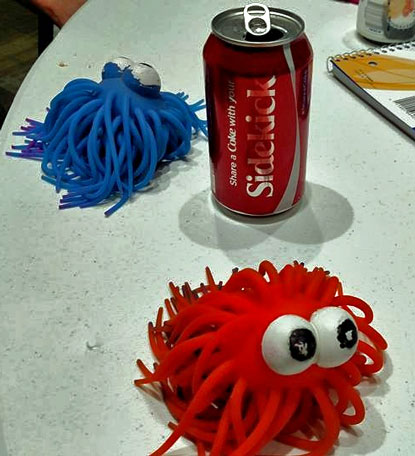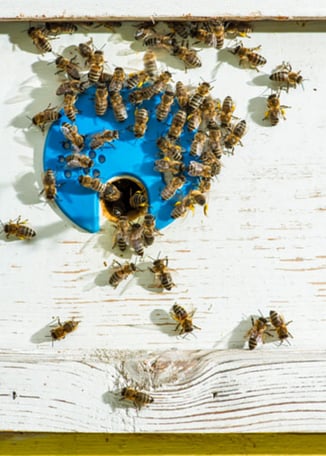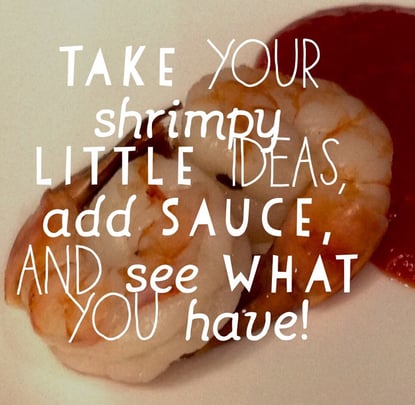This fun Friday (or any other day) exercise turns ho-hum, tiny ideas into bigger, more dramatic breakthrough ideas. We call the creative thinking exercise “Shrimp” because it’s typically applied to small, leftover ideas (much like Japanese Steak House chefs save a few shrimp to throw at the meal’s end).
How Shrimp Works to Turn Tiny Ideas into Huge Ones
Shrimp's objective is to generate all kinds of ideas that would get you in big trouble with the most ominous authority figure in your world who regularly shoots at wildly creative ideas. Pushing a team's creative thinking to an outlandish and dangerous point sets the stage for bringing the ideas back to where they become potentially doable.
The outcome? You will have stretched ideas in ways that you never would have considered without an open invitation to stick it to your most dreaded authority figure.
Here are the steps to share Shrimp with your team:
1. Pick Your Tiny Ideas
Take 5 or 10 of your smallest, weakest, or run-of-the-mill ideas to reach your business objective. Typically, Shrimp works best near the end of any creative thinking collaboration where there are many seemingly tiny and insignificant ideas from which to select.
2. Pick Your Authority Figure
Select an authority figure (some possibilities include the boss, the board of directors, a regulatory body, etc.) that can easily shoot down any new possibilities emerging from these ideas. The more distinct and well-known the authority’s personality the better.
 3. Turn Your Tiny Ideas Wildly Offensive
3. Turn Your Tiny Ideas Wildly Offensive
Use your starter ideas to create incredibly outrageous possibilities by asking, “How could we turn this idea into something that supports our objective but that our authority figure would COMPLETELY HATE or would make them THROW UP?”
Remember, you’re going for GENUINE ANGER, not just discomfort; it’s okay to think inappropriate, embarrassing, even illegal possibilities. Go for at least 3 - 5 new possibilities for each starter idea.
4. Find the Breakthrough Aspects in Your Huge, Wild Ideas
Then, for each new outrageous possibility, ask the following question to bring it back to reality: “How could we carry out this concept in ways that are acceptable, realistic, feasible, or actually able to be implemented?” Don’t settle for less than 10 new concepts from each outrageous idea.
These new, more mainstream ideas will benefit from being stretched beyond the boundaries of typical thinking. They take on a surprising richness and depth by having been run through “Shrimp.”
Examples of Creative Thinking with Shrimp
I have to admit that for as much as I love the Shrimp creative thinking exercise, we don't use it as much as we should. The reason? It takes time to complete. People need time to look around for the tiny ideas to get started. Then, as you can see above, Shrimp involves several steps to go from tiny ideas to huge ones.
Despite this reluctance, Shrimp, in whatever variation, always works amazingly well. Here are a few examples of how we've used and adapted it over the years:
- Introducing Shrimp to a Highly Regulated Client Who LOVED It (and a Few of the Ideas They Generated)
- How Shrimp Boosts Group Energy Levels
- Turning Shrimp into a Full Surf-to-Turf Creative Thinking Exercise and Competition
Shrimp is a great choice when you need to encourage a group to think beyond typical patterns, creating both great ideas and great fun! – Mike Brown





